Don’t Put That Trowel Away! Your Ultimate Guide to November Gardening
For a lot of folks, the moment the last tomato is picked and the leaves start to fall, the gardening season is officially over. They hang up their tools, and that’s that. But for me, and for a growing number of gardeners, that’s when a different, quieter kind of gardening begins. There’s a special kind of magic in seeing fresh green shoots poke through the soil in the dead of winter, long before anyone else is even thinking about seeds.
In this article
Honestly, the idea that gardening stops in the fall is just a myth. November is actually one of the most important months for setting yourself up for an amazing spring harvest. This is when we plant the tough guys—the crops that don’t just tolerate the cold, but actually get better because of it. This guide is all about the practical, hands-in-the-dirt techniques that I’ve learned over years of growing and teaching. No fluff, just what works.
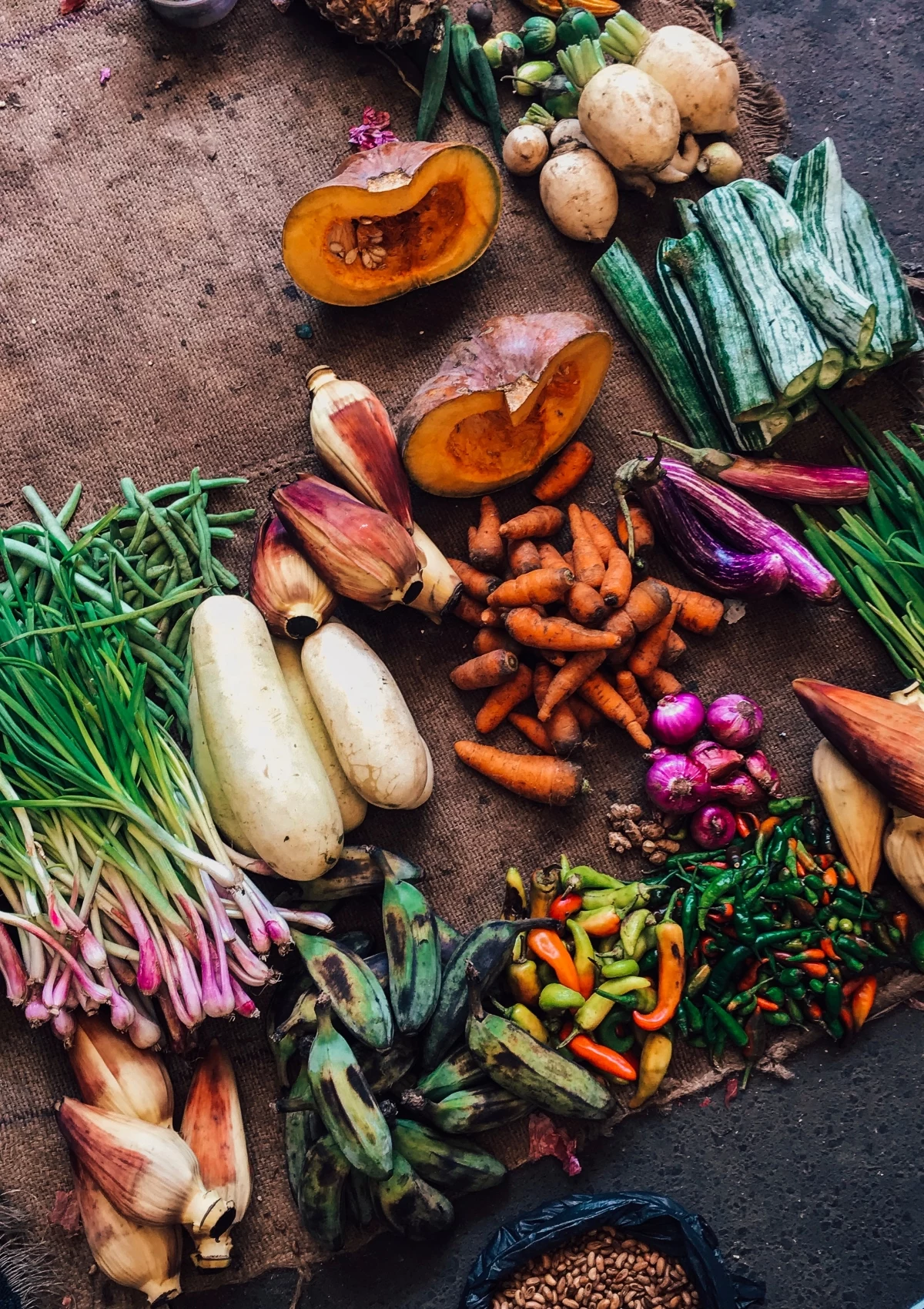
So, Why Bother Gardening in the Cold?
Success with a November garden isn’t about luck; it’s about understanding what’s happening underground and inside the plants themselves. You’re working with the season, not fighting it.
Some plants, like garlic, actually need a long cold nap—a process called vernalization—to get the signal to form a big, beautiful bulb. Without that winter chill, you’d just get a bunch of leaves. Pretty, but not what we’re going for. Other plants, like kale and spinach, have a brilliant survival trick. When the cold hits, they start converting their starches into sugars. These sugars act like a natural antifreeze in their cells, which is why so many winter greens taste incredibly sweet after a good frost.
We also have to think about the light. The days are short and the sun is low, so growth slows to a crawl. And that’s totally okay! The goal for November-planted crops isn’t a huge burst of growth now. It’s all about establishing a killer root system that can store energy. When the days start getting longer again in late winter, these plants are primed and ready to explode, giving you a harvest weeks, or even months, ahead of schedule.
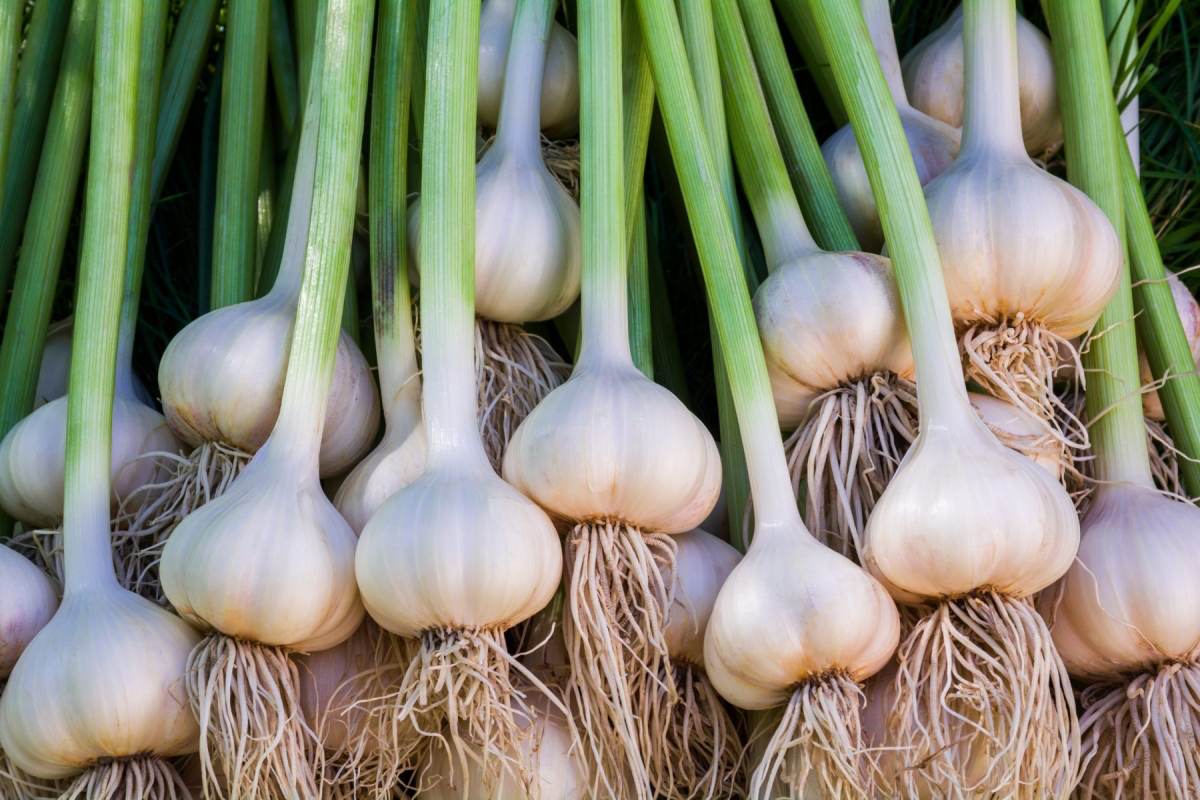
The One Thing You HAVE to Know: Your Zone
Before you even think about buying a single seed, you need to know your USDA Plant Hardiness Zone. I’m serious, this is non-negotiable. It tells you the average coldest winter temperature for your area, which dictates everything. What I can plant here in my Zone 7 garden is wildly different from what someone can get away with in a Zone 5 or a Zone 9.
- Zones 8-10 (Mild Winters): You’ve hit the jackpot. You can plant a huge variety of greens, roots, and more directly in the garden. Your biggest challenge is making sure your soil drains well during winter rains.
- Zones 6-7 (Moderate Winters): This is my world. Season extension tools are your best friend. November is the final boarding call for planting things like garlic and shallots. Leafy greens are doable, but they’ll need some protection like a cold frame or low tunnel to make it through the deep freeze.
- Zones 4-5 (Cold Winters): Your options are tighter, but not zero. November is prime time for planting garlic, but you’ll need to tuck it in under a super deep layer of mulch. For anything else, you’ll need a sturdy cold frame or even an unheated greenhouse. For you, November is also a fantastic time to prep your soil for the earliest possible spring planting.

Your Soil is Everything
Winter can be brutal on soil. Cold, wet conditions can lead to compaction and rot. I learned this the hard way one year when I lost an entire, beautiful bed of shallots because they were in a low-lying spot with heavy clay soil. It was a soupy, heartbreaking mess.
Now, I’m obsessed with drainage. A quick test: dig a hole about a foot deep, fill it with water, and let it drain. Fill it again, and see how long it takes to empty. If it’s still holding water after 4 or 5 hours, you’ve got a drainage issue. The fix is almost always adding more organic matter. A 2- to 3-inch layer of finished compost worked into the top six inches of your soil works wonders. It’s a fall ritual I never, ever skip.
Winter Protection: Your Garden’s Cozy Jacket
To really succeed, you need to create a little microclimate that’s a bit warmer and more protected than the rest of your yard. Let’s break down the options, from cheapest to most involved.

For the absolute simplest and cheapest route, you can’t beat mulch. A nice, thick 4- to 6-inch layer of clean straw or shredded leaves insulates the soil and protects roots from the freeze-thaw cycle that can pop them right out of the ground. Heads up! Wait to apply a deep mulch until after the first hard frost. If you do it while the ground is still warm, you’re just creating a cozy five-star resort for slugs and mice.
If you’re willing to invest a little, a low tunnel is a huge step up. For a simple 4×8 foot bed, you can build one for under $60. All you need are a few 10-foot lengths of 1/2-inch PVC pipe (about $15), some short pieces of rebar to stake them into the ground ($10), and a package of floating row cover ($20-$30). You just bend the pipes into hoops over the bed and drape the fabric over it. This fabric, often sold as Agribon, comes in different weights. The lighter stuff gives a few degrees of frost protection, while the heavyweight fabric can give you 8+ degrees of protection, which is a massive difference.
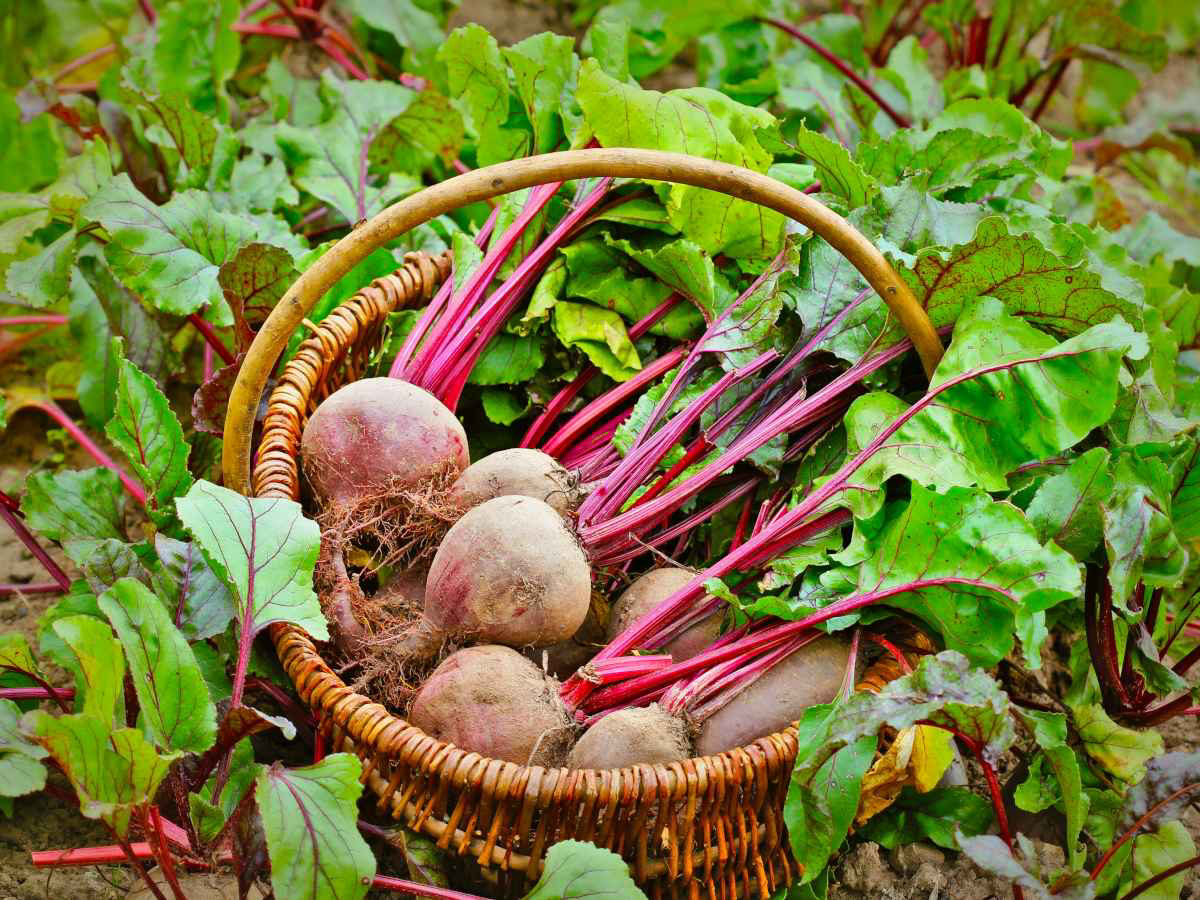
The gold standard, of course, is the cold frame. It’s basically a bottomless box with a clear, slanted lid that you set right over your garden bed. You can build them from scrap wood and old windows. The most critical part of using a cold frame is ventilation. I can’t stress this enough. Even on a 35°F day, if the sun is out, the inside of that box can get hot enough to cook your plants. My rule of thumb: if it’s above 40°F (4°C) and sunny, the lid gets propped open with a small block of wood. I close it up a couple of hours before sunset to trap the day’s heat.
The Fun Part: What to Actually Plant
Alright, let’s get to the good stuff. These are my tried-and-true favorites for the November garden.
Garlic: The King of the Winter Garden
If you plant only one thing, make it garlic. First things first: Do not plant garlic from the grocery store. It’s often treated to prevent sprouting and may carry diseases. More importantly, it’s usually a softneck variety meant for warmer climates. You want to buy certified seed garlic from a good online supplier or local nursery. A pound will cost you between $15 and $25 and will give you plenty of cloves to plant.
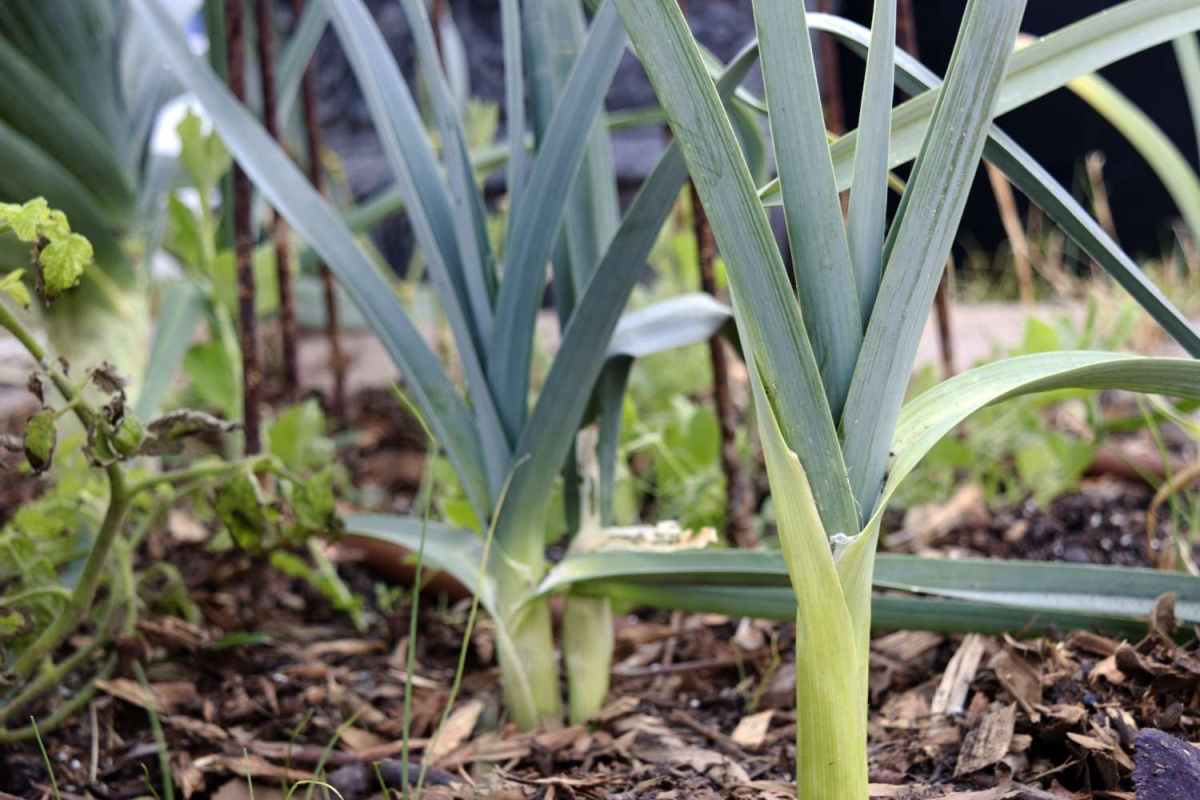
Plant individual cloves, pointy-end up, about 2 inches deep and 6 inches apart. Don’t crowd them! I tried to squeeze in an extra row one year, and all the bulbs came out noticeably smaller. Cover the bed with a thick layer of straw mulch and you’re good to go.
Shallots: Garlic’s Milder Cousin
Shallots are planted just like garlic and love that same cold treatment. They have a more delicate, refined flavor. Plant the individual bulbs about an inch deep, spacing them 6-8 inches apart to give the clusters room to develop. They also love a good winter mulch blanket.
Super-Hardy Greens: Mâche and Claytonia
These two are my winter secret weapons. Honestly, they’re incredible. Mâche (or corn salad) and Claytonia (miner’s lettuce) will happily sprout in soil as cool as 40°F (4°C). In November, I just sprinkle their tiny seeds over a prepared bed inside my cold frame, gently press them in, and water. They form a low mat of green you can snip from all winter long.
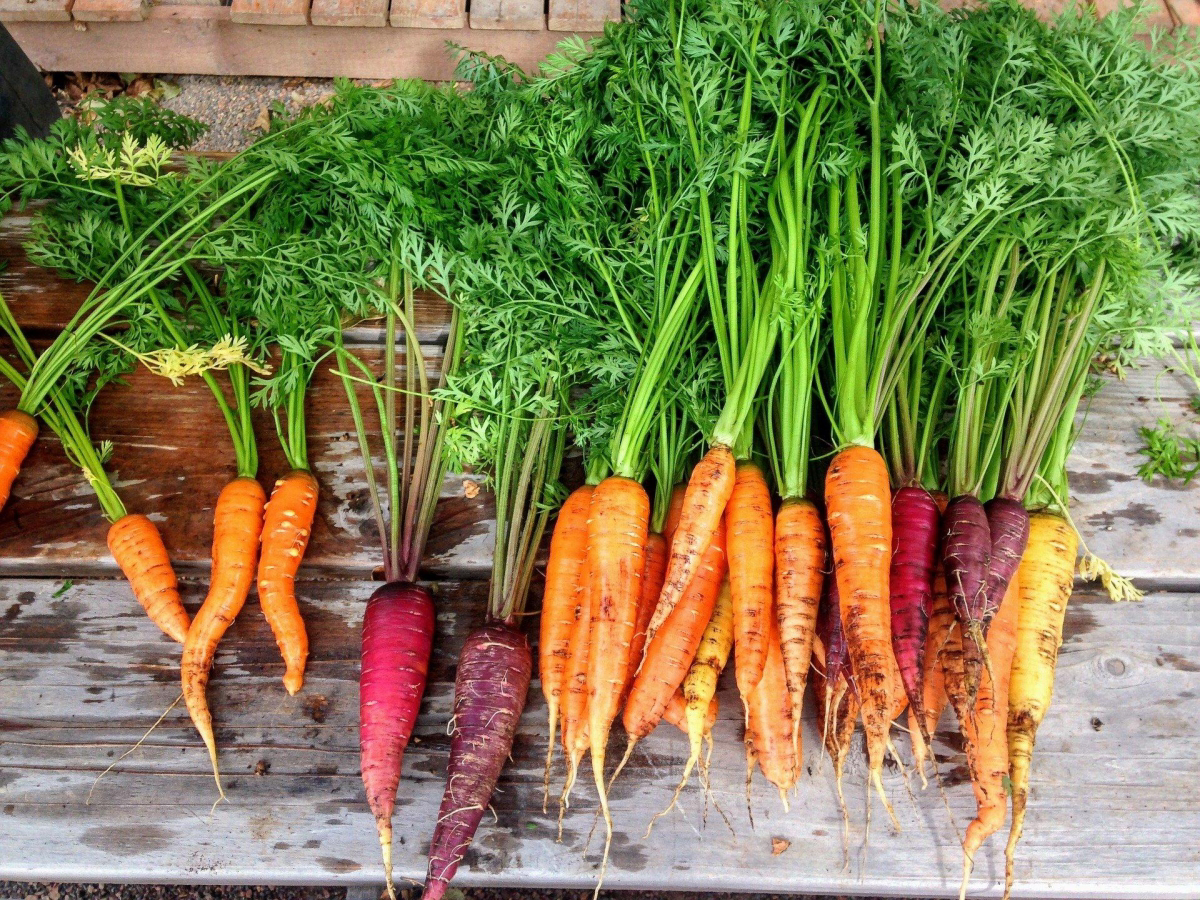
Spinach: So Much Sweeter in the Cold
Overwintered spinach is the best spinach you will ever taste, period. The cold makes it unbelievably sweet. In Zones 6-8, a November planting under a low tunnel will result in small plants that go dormant for a bit, then roar back to life in late winter for a super early spring harvest.
Kale: The Unkillable Green
A mature kale plant just scoffs at snow. If you’re in Zone 7 or warmer, you can still plant seeds in early November. In colder zones, your November job is to protect the kale you planted earlier in the fall by piling a deep straw mulch around the base of the plants.
Fava Beans: A Win-Win Crop
This is a great option for folks in Zone 7b and warmer. Not only do you get delicious beans in the spring, but the plants fix nitrogen in the soil, making it richer for whatever you plant next. You’ll probably need to order seeds for the best cold-hardy varieties online, but they’re worth the search.
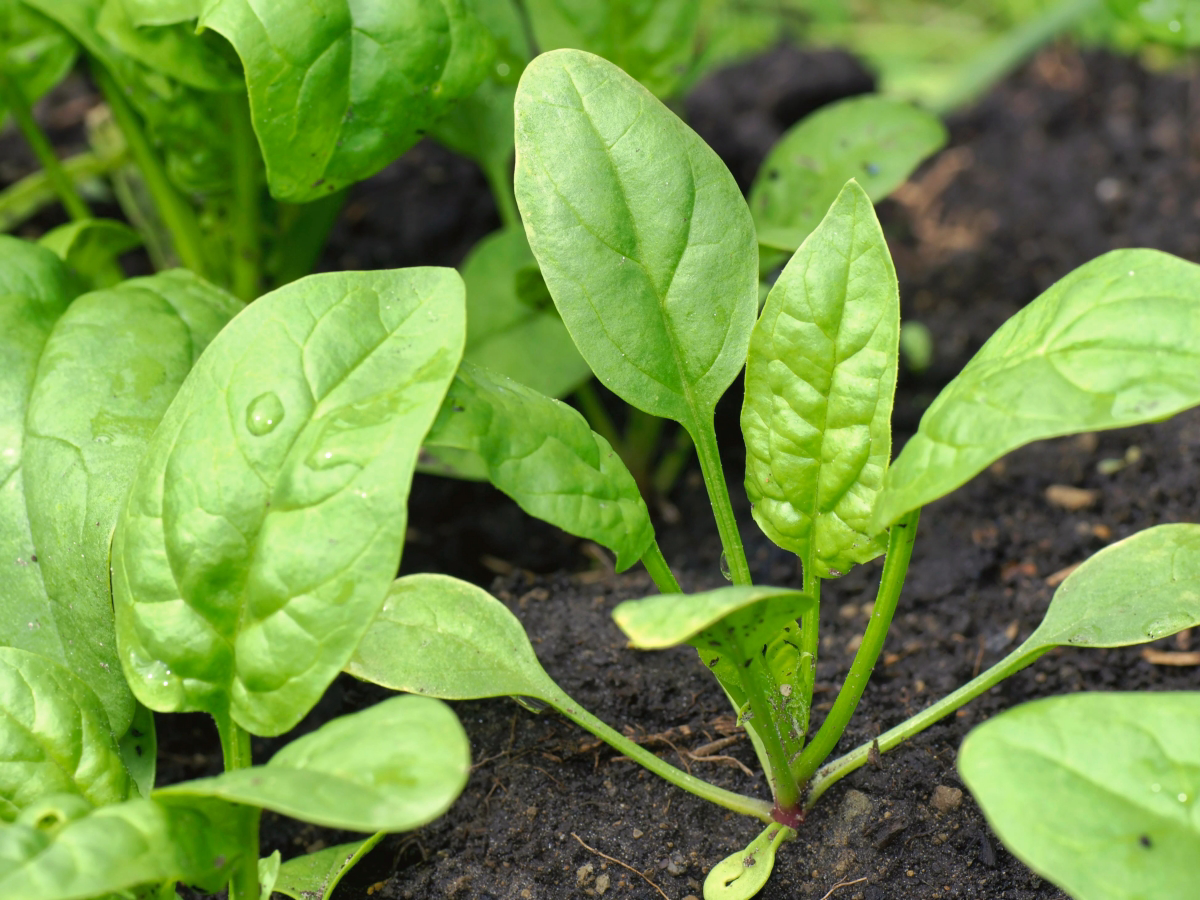
So, What About Watering in Winter?
This is a big question people have. The goal in winter is to keep the soil lightly moist, not soggy. In many places, winter rain and snow are enough. But if you have a dry spell, you’ll need to check. Once a week, stick your finger an inch into the soil. If it’s dry, give it a good, deep watering. But a crucial tip: don’t water if the ground is frozen solid. The water can’t soak in and will just freeze on top, potentially harming the plant’s crown.
No Garden Bed? No Problem!
Don’t let a lack of space stop you. Here’s a 15-minute project: Grab a 5-gallon pot or any container with drainage holes. Fill it with good quality potting mix. Plant 5-7 garlic cloves in it, just like you would in the garden. Leave it on your porch or balcony. It’s that easy! Come spring, you’ll be snipping fresh garlic scapes for your scrambled eggs.
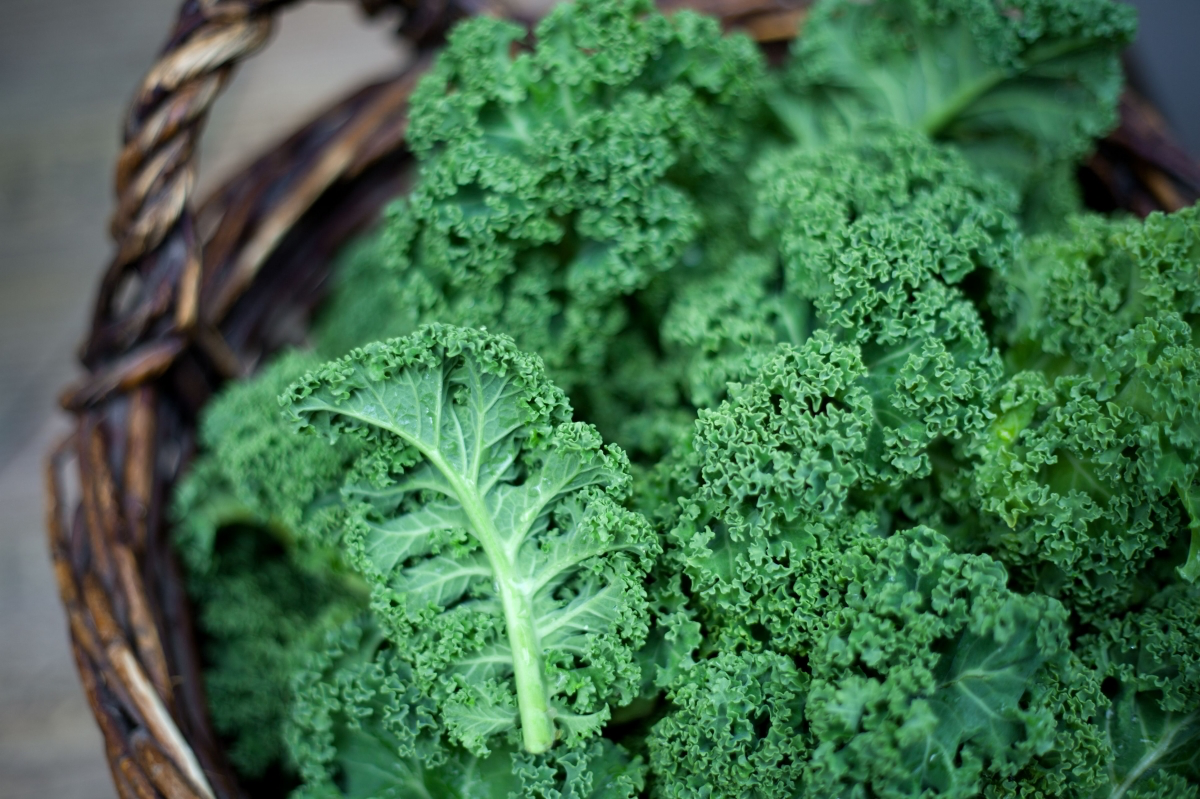
A Final, Realistic Thought
I want to be totally honest: winter gardening means you’ll have some failures. I’ve lost crops to a sudden polar vortex and had seeds rot in a cold, wet spell. It happens. But every failure is a lesson. It teaches you about your specific yard and pushes you to become a more observant gardener.
Just imagine it: that quiet, straw-covered patch in December becoming the very first spot of vibrant green in your yard come March. It’s the taste of your own fresh, sweet spinach when everything else is still brown and grey. It’s a deeper, more rewarding kind of gardening, and it all starts now, in the quiet days of November.
Galerie d’inspiration
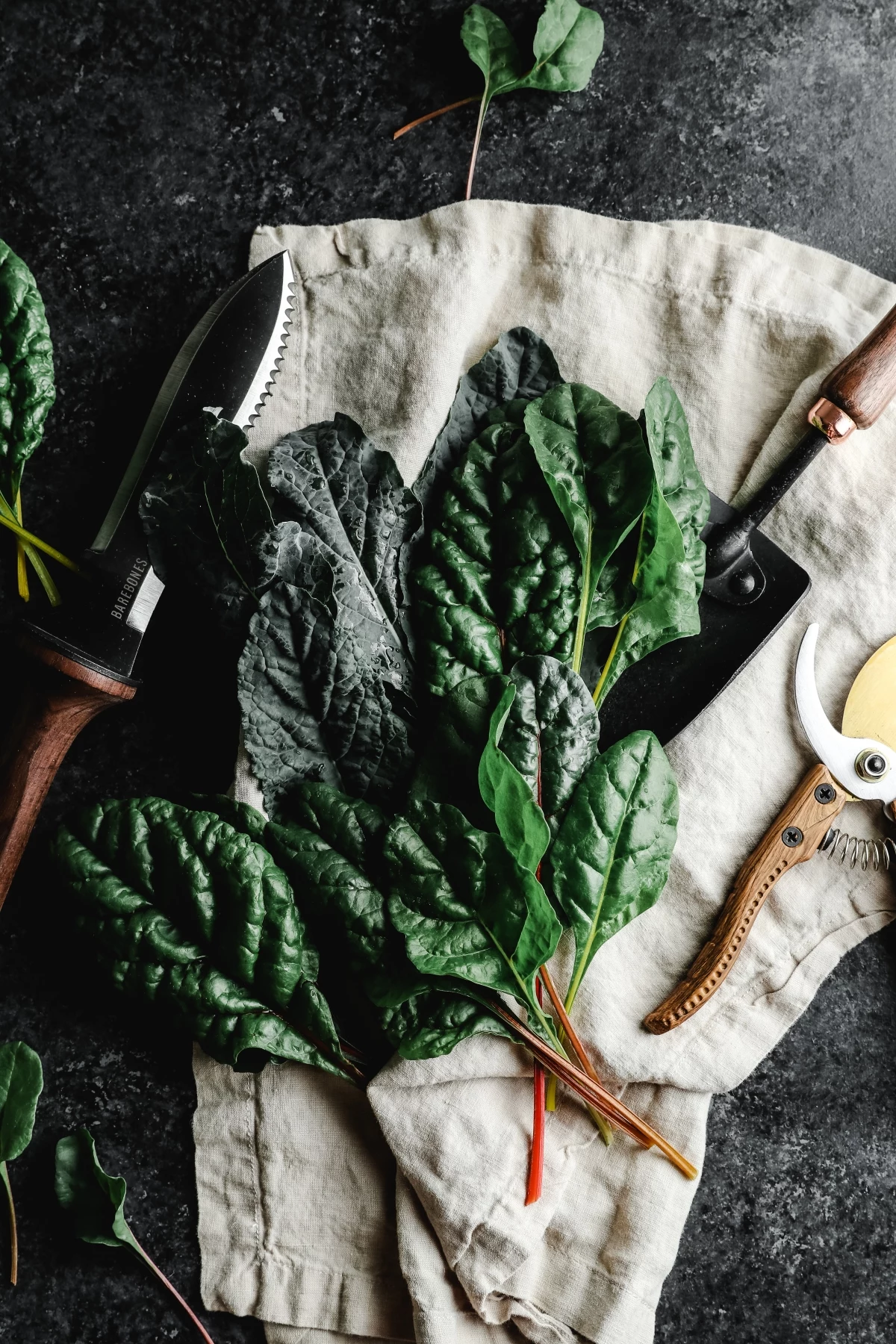
Did you know? A 4-inch layer of organic mulch can keep the soil beneath it up to 10°F (5.5°C) warmer than bare ground during a sudden freeze.
This isn’t just about warmth; it’s about stability. That insulating layer, whether it’s shredded fall leaves or clean straw, prevents the damaging freeze-thaw cycles that can heave young garlic bulbs and onion sets right out of the ground. It acts as a protective blanket, preserving moisture and giving those crucial root systems the stable environment they need to establish before their big spring push.










